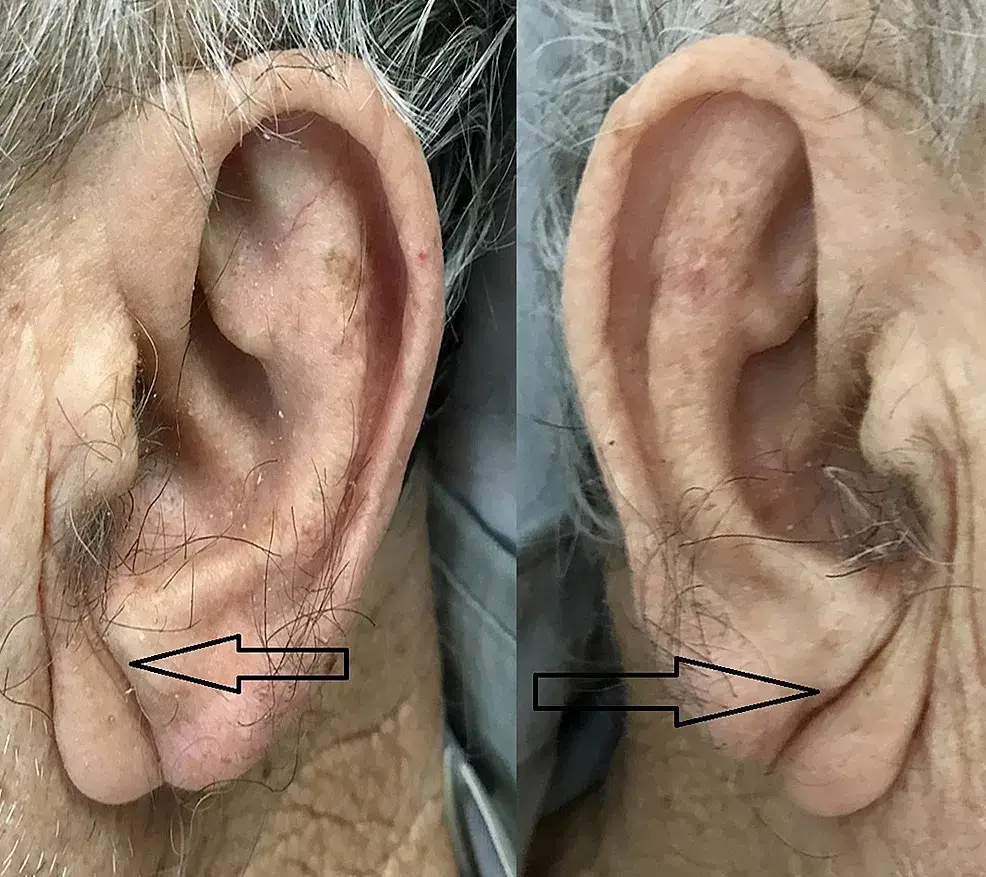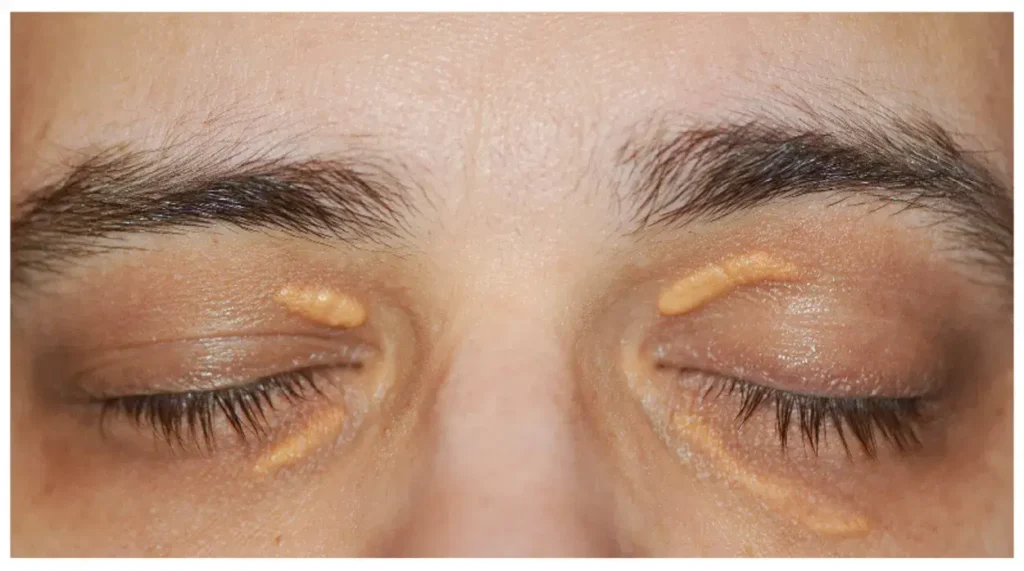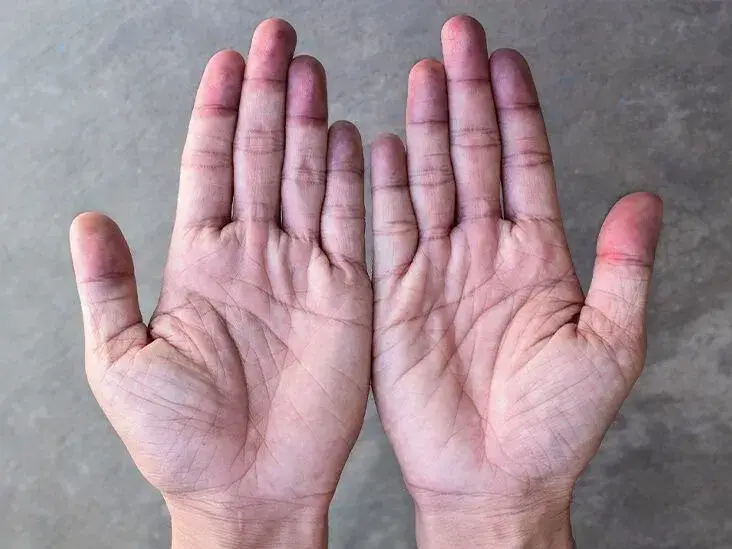Heart disease remains the leading cause of death worldwide, making it essential to recognize the warning signs your body may be giving you. Here are five visible indicators that could suggest an underlying heart condition. By understanding these signs, you can take proactive steps to protect your heart health.
1. Frank’s Sign
A little-known but potentially telling indicator of heart issues is a diagonal crease on the earlobe, known as Frank’s Sign. This line, which runs from the top to the bottom of the earlobe, has been linked to blockages in the coronary arteries.
Medical studies suggest that individuals with this crease may have a higher risk of arterial obstruction. While not everyone with this sign has heart disease, research shows that around 70% of people with this fold could have significant arterial blockages. If you notice this crease appearing before your 40s, it’s especially important to consult a doctor.

2. Hair Loss on the Legs
Hair loss on the legs may be a warning sign of peripheral arterial disease (PAD), a condition where plaque buildup restricts blood flow to the limbs.
Poor circulation can deprive hair follicles of essential nutrients and oxygen, leading to hair loss. While hair thinning alone isn’t necessarily a cause for concern, when combined with other symptoms such as leg pain or slow wound healing, it could indicate a more serious issue. If you notice unusual hair loss on your legs, it’s wise to get your circulation checked by a healthcare professional.
3. Xanthelasma
Xanthelasmas are yellowish cholesterol-filled deposits that form around the eyes, typically on the upper eyelids. These patches can be an early warning sign of high cholesterol, which increases the risk of heart disease.
If you notice these deposits, consult a doctor to check your cholesterol levels and assess your cardiovascular health. Addressing high cholesterol early can significantly reduce your risk of heart complications.

4. Senile Arc (Arcus Senilis)
Arcus Senilis appears as a grayish or white ring around the outer edge of the cornea. While common in older adults, its presence in younger individuals may indicate severe dyslipidemia, an imbalance of fats in the blood that increases the risk of cardiovascular disease.
If you develop this ring at a young age, it’s important to seek medical advice to evaluate your cholesterol levels and overall heart health.
5. Cutaneous Cyanosis (Bluish Skin Discoloration)
Cyanosis is a condition where the skin, lips, or fingertips develop a bluish or purplish tint due to low oxygen levels in the blood. This could indicate an underlying heart or lung issue.
There are two main types of cyanosis:
- Central cyanosis affects the lips and tongue and may signal a serious heart or lung condition.
- Peripheral cyanosis affects the fingers, toes, or extremities and is often related to poor circulation.

If you or someone you know experiences persistent cyanosis, seek immediate medical attention. Recognizing these signs early could help prevent serious heart complications. If you notice any of these symptoms, don’t ignore them—consult a healthcare professional as soon as possible. Taking proactive steps, such as regular checkups, maintaining a heart-healthy diet, and staying active, can go a long way in protecting your heart health.
